Why Making Art Feels Like Coming Home | Jo-Anne Swain, Sandra Cavanagh, and Kirsten Todd
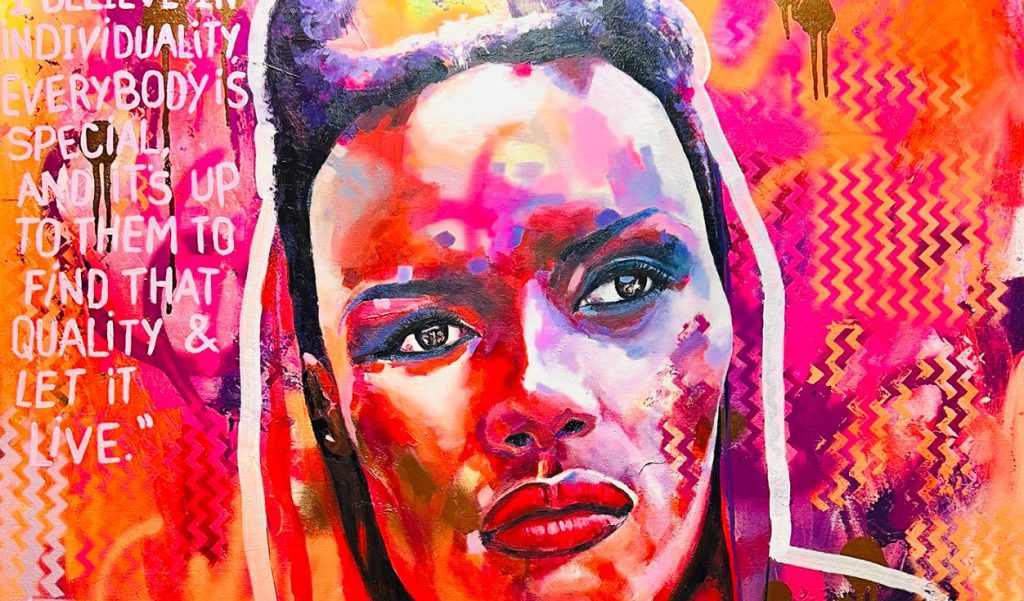
In this article, we meet three artists—Jo-Anne Swain, Sandra Cavanagh, and Kirsten Todd—who show us just that. Through long-standing traditions, bold ideas, and emotional instincts, they’ve each carved out a path where making isn’t just a hobby or a job—it’s a way of being.
Jo-Anne shares how growing up surrounded by makers shaped her lifelong relationship with fibre, paint, and the natural world. Sandra walks us through how her early years in politically charged Argentina still fuel the raw honesty in her visual stories. And Kirsten lets us into her flow state, where painting becomes a kind of quiet conversation between feeling and form.
Together, their stories open up a window into what it means to create from a place that’s real—where history, emotion, and curiosity all come into play. Through their words and work, we get to see how art evolves, adapts, and continues to ask questions that matter.
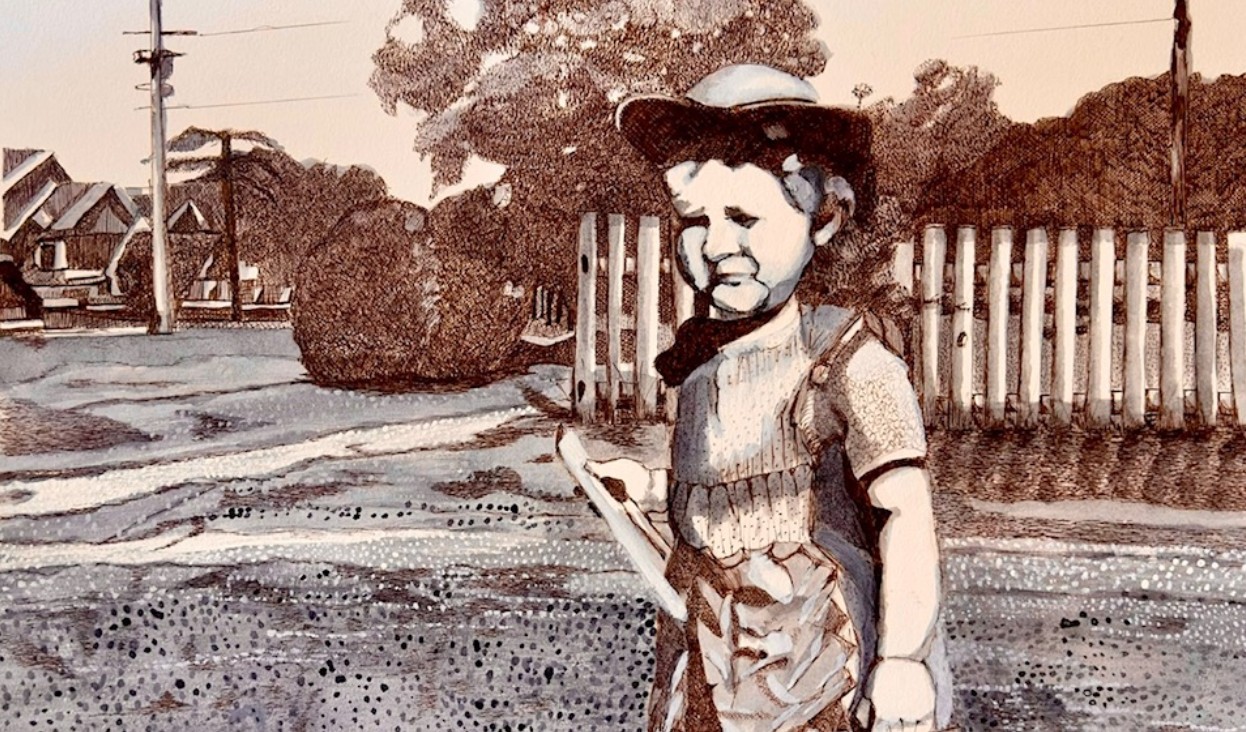
Art Passed Down Through Generations: Jo-Anne Swain’s Quiet Legacy
Jo-Anne Swain didn’t have to look far for creative fuel—it was already in her family tree. Raised among painters, potters, and musicians, Jo-Anne says she always felt like being an artist wasn’t a choice but simply who she was. She started spinning yarn at the age of 12 and hasn’t stopped making sit-ins.
Over the past five decades, she has explored a wide range of techniques, from spinning and dyeing yarn to painting and relief printing. Her approach isn’t rushed. She works in tune with the seasons, the materials, and her mood. From her studio in Henty, Australia, she creates everything from slow-fashion garments to hand-mixed paints. For Jo-Anne, the joy lies in the process—sitting at her spinning wheel, sketching, painting, or weaving is where she feels most at home.
Family history also plays a big part in Jo-Anne’s creative life. Her mother was a prize-winning painter, her grandmother worked with watercolours and clay, and her great-grandfather once painted the legendary Albert Namatjira. “It’s in my DNA,” she says. And maybe that’s why her work carries such a natural rhythm—it’s been living in her bloodline for generations.
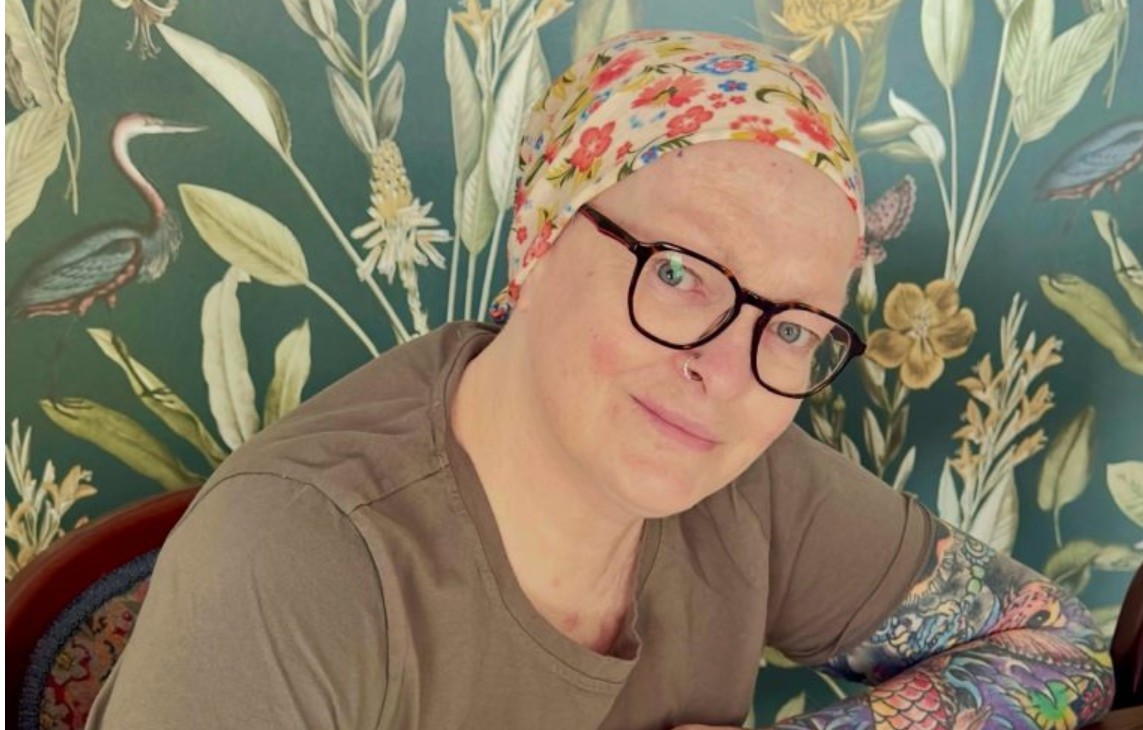
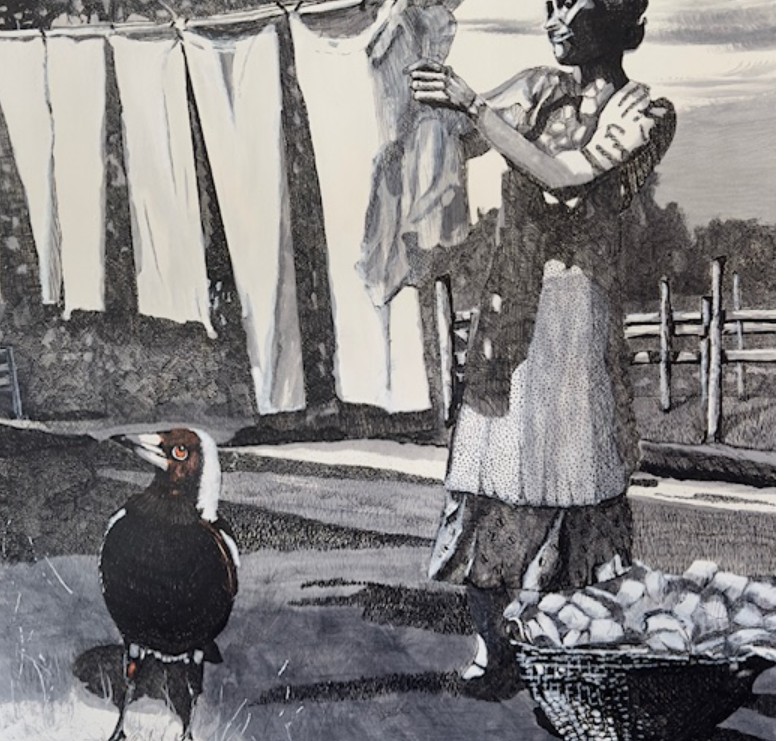
My work is in honour of the Australian family life, and I love to look at old photos my father took and developed.
To learn more about Jo Anne Swain, click on the links below.
How Sandra Cavanagh Makes Sense of the World Through Storytelling
Sandra Cavanagh’s art comes from lived experience—the kind that shapes you early and stays with you for life. Born in Buenos Aires, Argentina, she grew up under the watch of a military dictatorship. Her memories of fear, unrest, and resistance didn’t just fade away—they became the groundwork for the stories she tells on canvas and paper today.
Now based in New York, Sandra often starts her work with a single sketch or emotion. From there, she builds visual storylines—layered, usually raw, always loaded with meaning. Through painting, drawing, and printmaking, she delves into complex topics such as injustice, gender inequality, and violence. Her way of working in series allows her to sit with a theme until it’s fully explored—sometimes until she feels she’s let go of the emotional weight behind it.
What sets Sandra apart is how she uses myths and old stories to understand today’s issues. Her art isn’t didactic—it’s questioning. She wants viewers to feel something, even if it’s discomfort or curiosity. “Sometimes I work just to unburden myself,” she admits. That honesty comes through in her work, where history, memory, and emotion blend into something raw and honest.
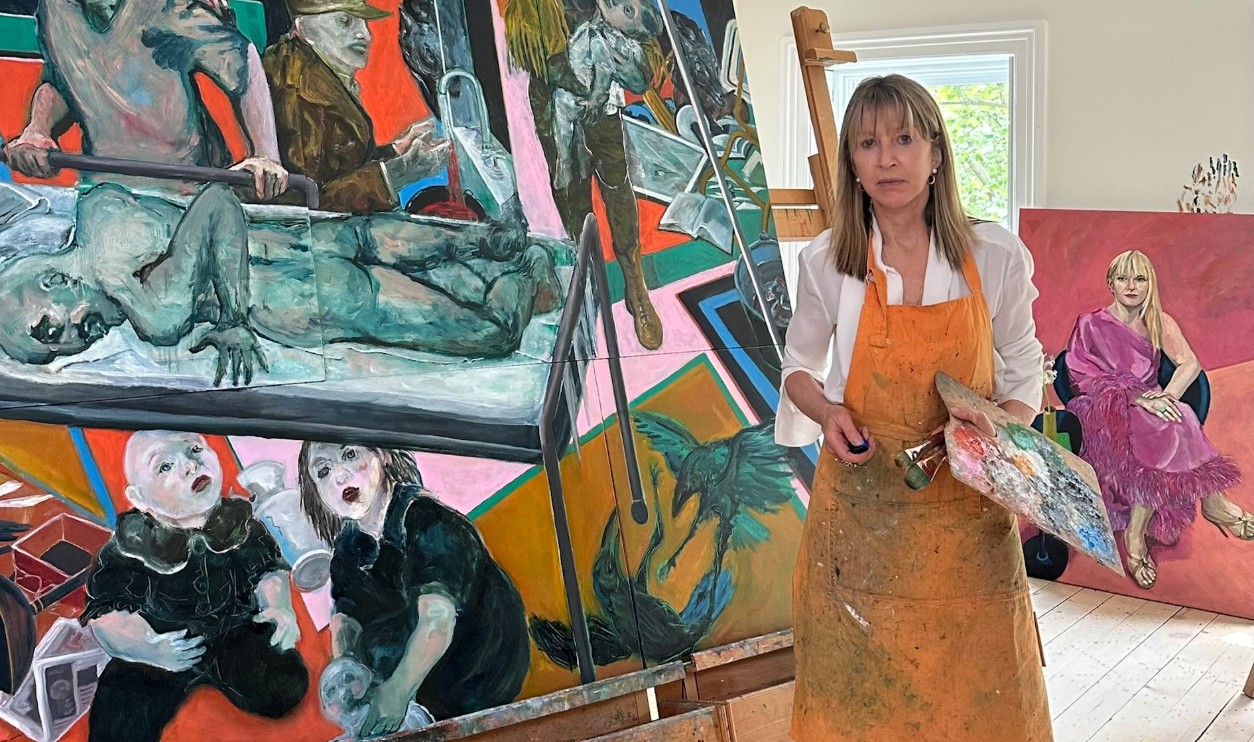
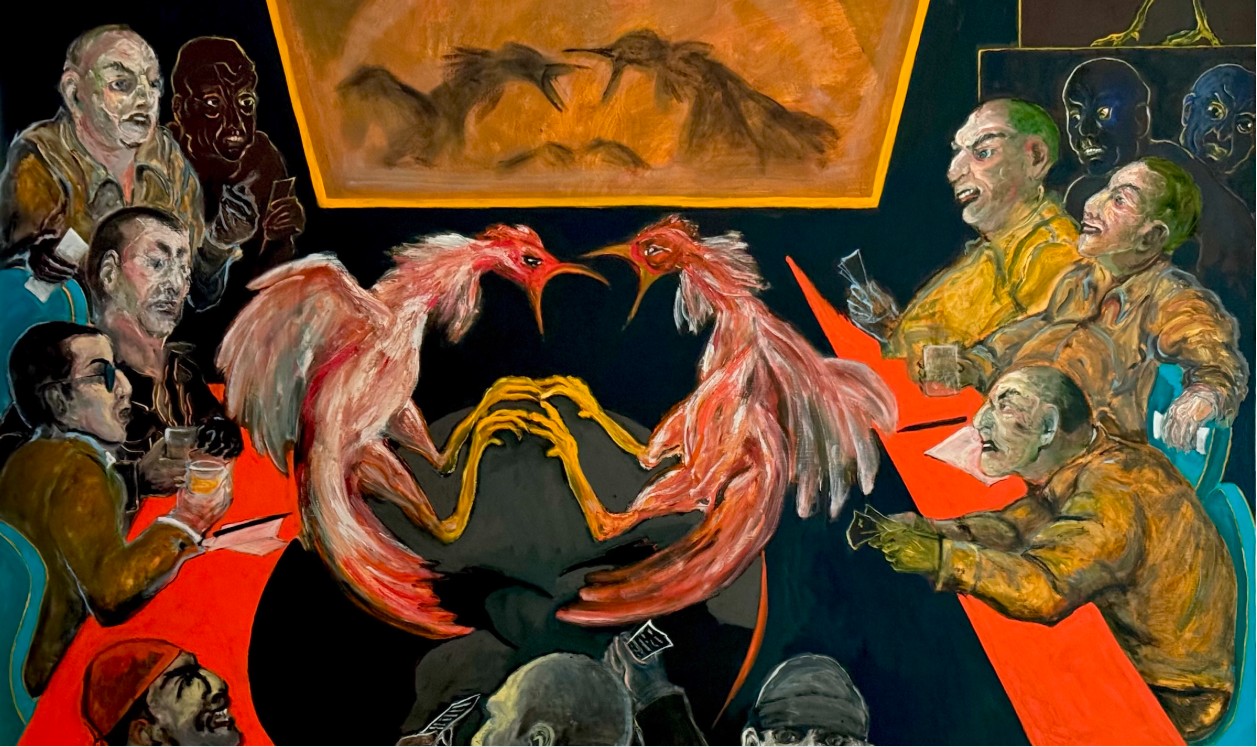
Recent global events have led me to considerations of mortality and loss of innocence in transgenerational stories, the usefulness of art’s centuries old regard of myth, foundational stereotypes and the mundane occurrence of violence.
To learn more about Sandra, visit the links below.
Kirsten Todd on Painting Women, Energy, and Intuition
In Lancashire, UK, Kirsten Todd has been painting since childhood, but it wasn’t until eight years ago that she decided to dedicate herself fully to it. With a background in graphic design and three decades in the industry, Kirsten brought a practised eye and technical skill into her acceptable art practice—but it’s her emotional and intuitive approach that defines her style today.
Kirsten paints in flow. Her pieces begin without a plan and take shape as she listens to her instincts. The result? Expressive portraits and abstracts that carry a sense of energy and human connection. She focuses on themes such as womanhood, strength, and the subtle yet powerful ways we interact with one another and with the world around us.
Her portraits celebrate real women—unfiltered and honest. Her abstracts delve into our connection with nature, exploring the idea that everything on this planet is interconnected and carries a unique frequency. You’ll find no fluff in Kirsten’s process. It’s raw, spiritual, and often meditative. “It’s how I connect with the world,” she says. “It’s not just what I do—it’s what I’m here to do.”
Kirsten’s work has earned recognition across the UK and internationally, including multiple awards and features in several art magazines. But for her, it’s never just about the accolades—it’s about telling stories, staying honest, and continuing to evolve.
Experimentation is at the heart of my art practice—it’s what keeps my work alive, dynamic, and deeply intuitive.
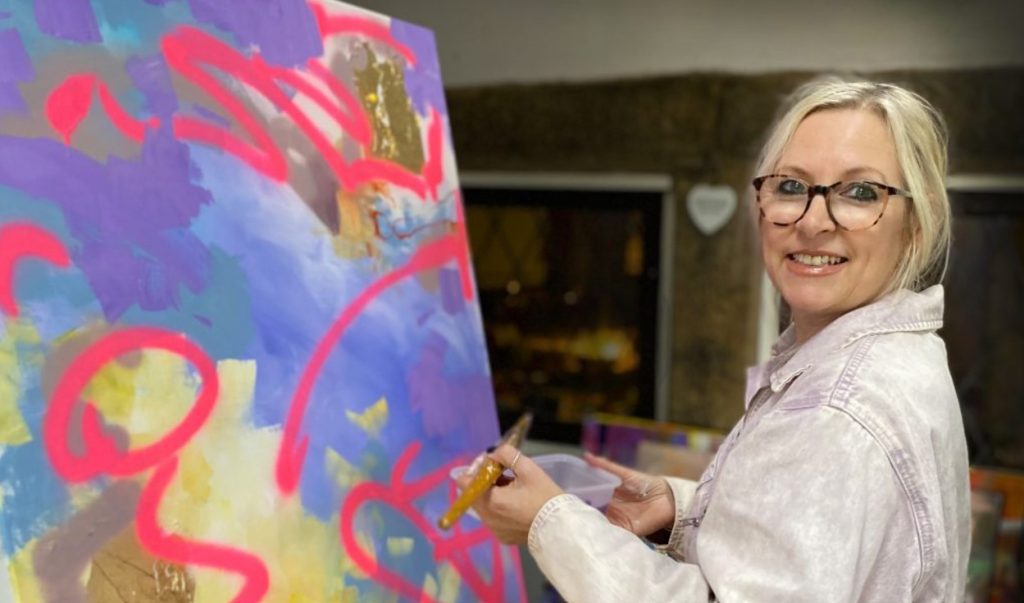

To learn more about Kirsten, click on the links below.
Spending time with the stories of Jo-Anne, Sandra, and Kirsten leaves us with something to carry—something quiet but lasting. They’ve shown us that art doesn’t always begin with a big idea or end in a polished moment. Sometimes, it starts with a memory, a gut feeling, or a thread passed down through generations. Whether they’re spinning yarn, making sense of a chaotic world, or painting straight from emotion, these artists have let us in on what it means to create from life.
We’ve seen how creativity can be shaped by family, stirred by unrest, or pulled from something unseen but deeply felt. Their journeys remind us that the act of making—whether through fibre, paint, or print—can be grounding, freeing, and, above all, real. What matters most isn’t just the finished work but the stories, questions, and quiet persistence behind it. And maybe that’s what makes it all stick with us long after the paint dries or the loom stops spinning.
Stay tuned to the Women in Arts Network for more stories amplifying diverse, powerful contemporary art voices. Visit our website and follow us on Instagram.
